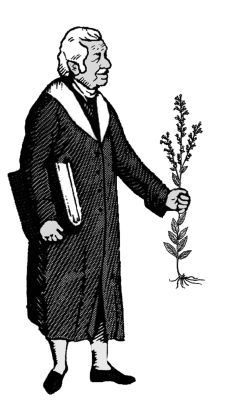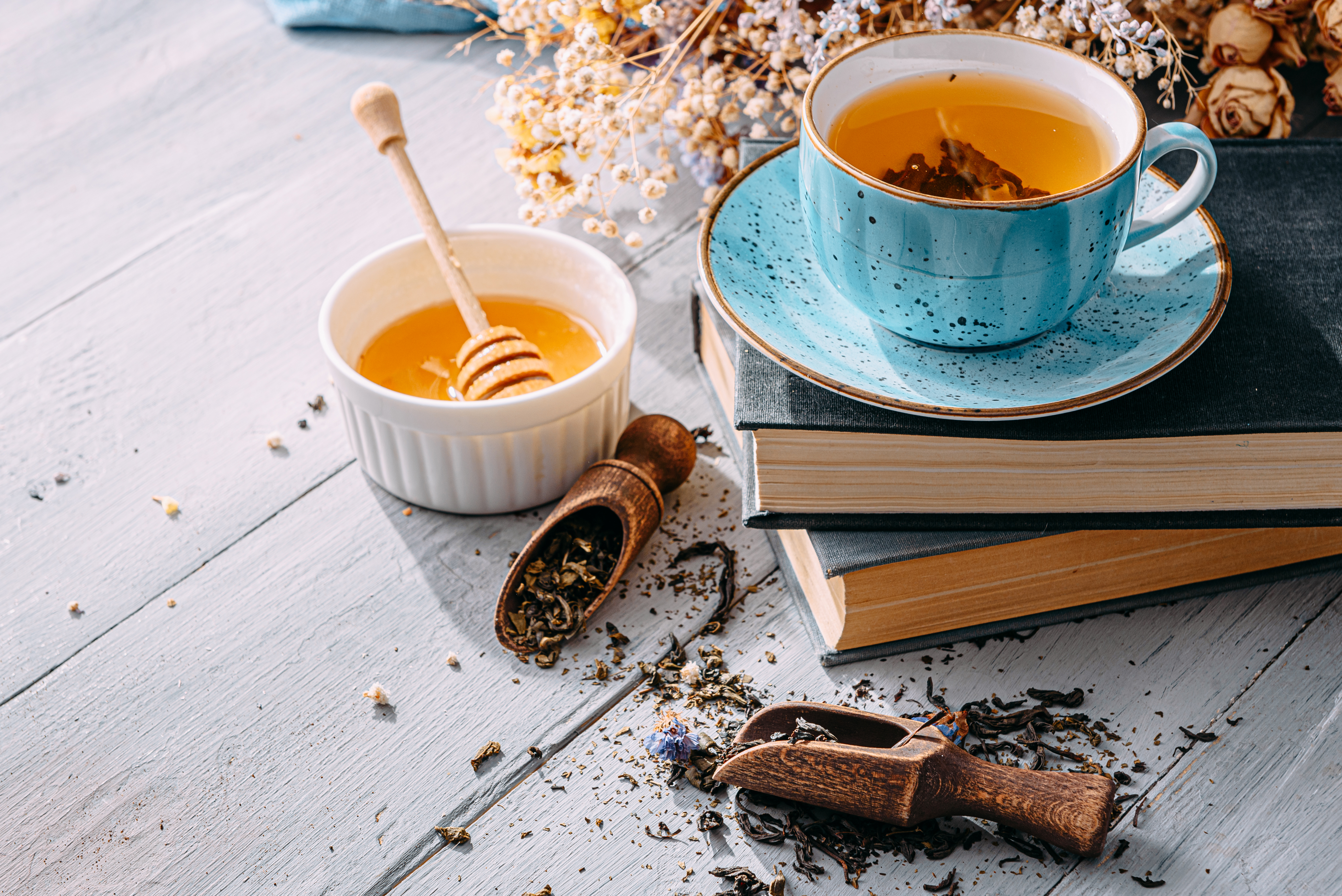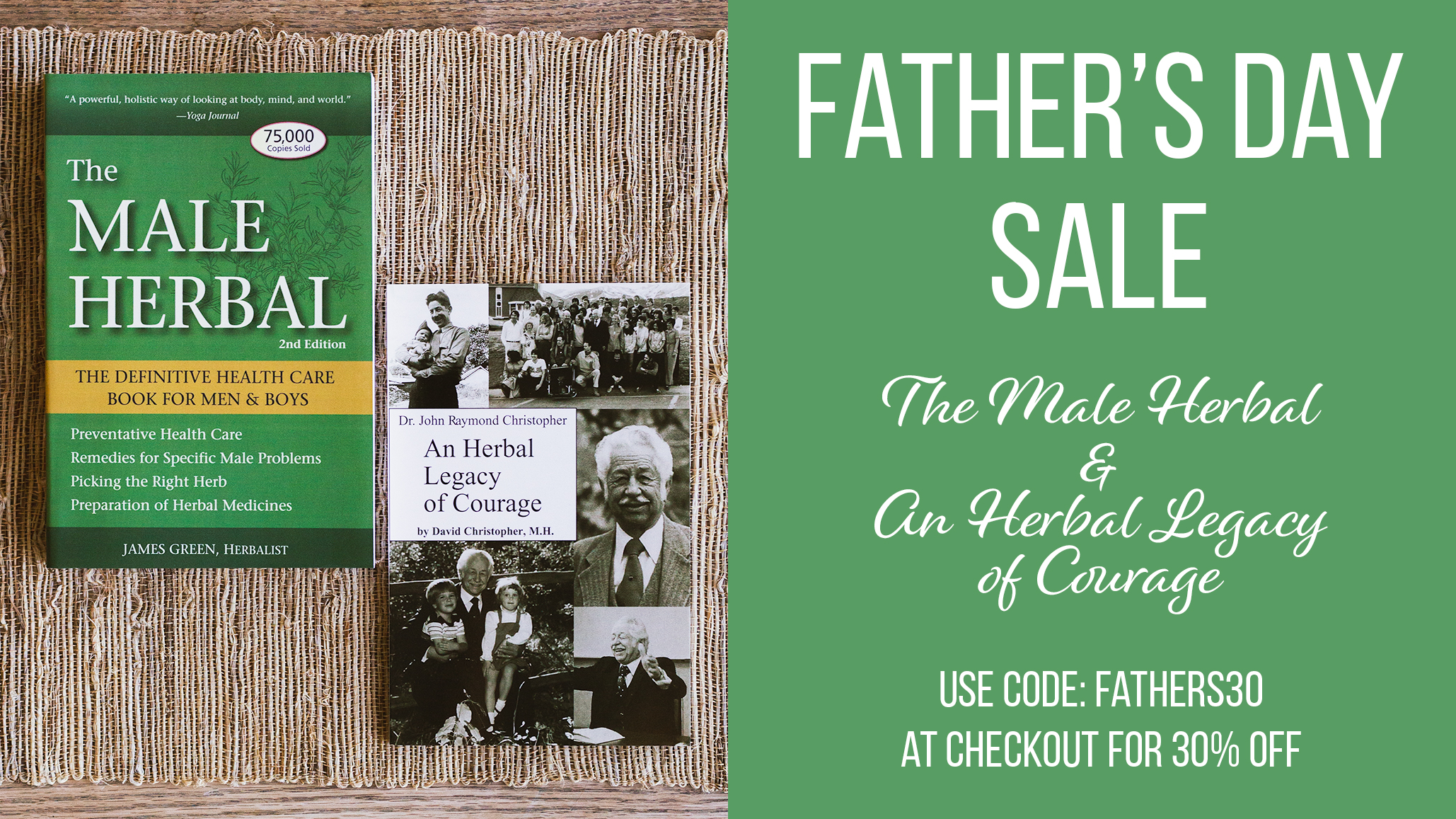Sustainable Harvesting
Published: Wed, 06/17/20


Sponsored by The School of Natural Healing & Christopher Publications
June 17, 2020
Sustainable Harvesting Jo Francks, M.H.
Summer is the time to grow and harvest herbs. It is also a time to wildcraft herbs. Going out and finding your own herbal medicine is exciting and enjoyable. There are many herbs that are very abundant but there are some not so abundant and it is good to know
which ones should be harvested with caution.
Here are some guidelines to remember when harvesting plants in the wild. 
-Never take more than 10% and leave the rest.
-Make sure you are harvesting plants that are not at-risk.
-Go to places where you know others are not harvesting.
-Be 100% positive that you have correctly identified the plant you are harvesting.
-Take along an herbal identification book.
-If you dig a root, leave the seeds behind to make sure a new plant will grow in its place.
-The bark should not be taken from the main trunk of a tree. Find smaller branches to prune from the tree.
-Find out if it is legal to take plants from that area.
-Obtain permission from the landowner if you are on private property.
-Avoid areas where plants can be contaminated or roadsides with heavy traffic.
Unfortunately, many of the medicinal plants growing in the wild are becoming endangered. As the popularity of using herbal medicine increases it puts stress on the availability of certain herbs. Many of the herbs we took for granted 15 or 20 years ago are now unavailable or
are at-risk. This includes herbs like goldenseal and ginseng. These herbs are now being cultivated successfully and should be chosen over the wildcrafted options when purchasing.
Luckily there are groups of people watching out for the safety and sustainability of the plants. United Plant Savers is one of those groups and you can find a list of at-risk plants on their website https://unitedplantsavers.org/species-at-risk-list/.
When you are able to get out and go on herb walks, it’s great to learn to identify the plants and get to know them. The more you learn about the plants and their medicinal qualities, the more you have a respect for them and an obligation to protect the medicinal herbs
we have available to us. Take only pictures when you come across an at-risk plant.
Jo Francks is a Master Herbalist working at The School of Natural Healing.
A Healthier You Radio show is back!
Listen live every Monday morning at 11:30 Mountain Time.
Click here for the link to listen to our live show
David is on Youtube!
David released a great video about COVID-19 and how our immune systems work. Check it out here!

Rosehips cut
Raspberry leaves
Elder leaves, flowers or berries
Use a teaspoon each of dried herbs or a tablespoon of fresh
Add 12 ounces boiling water, cover and let steep until cool
When cool add the juice of half a lemon and a tablespoon of raw honey.
Recipe by Jo Francks
Herbal Resource Links
- Herbal Legacy - http://www.herballegacy.com - Our free information website
- The School of Natural Healing - http://www.snh.cc - Quality Education since 1953
- Christopher Publications - http://www.christopherpublications.com - Dr. Christopher's books and more
- A Healthier You Radio Show - http://www.ahealthieryouradio.com - Free weekly radio show
The School of Natural Healing: http://www.snh.cc
Christopher Publications: http://www.christopherpublications.com
NOTICE: All information in this newsletter is given out as information only and is not intended to diagnose or prescribe. For our official Disclaimer, Biological Individuality, Important Notice & Terms of Use please see: http://www.herballegacy.com/Disclaimer.html
This newsletter is sent by permission only - you can unsubscribe quickly and easily by clicking the link below.
.

